Japan’s “Kawaii culture” has become a worldwide phenomenon. Through anime, manga, fashion, and character culture, Japan’s unique interpretation of “cute” has captivated people across the globe. But is “Kawaii” just another word for “cute”? In this article, we will explore the origins of Kawaii culture, its characteristics, why it has spread globally, and its future prospects.
1. What is Kawaii Culture?
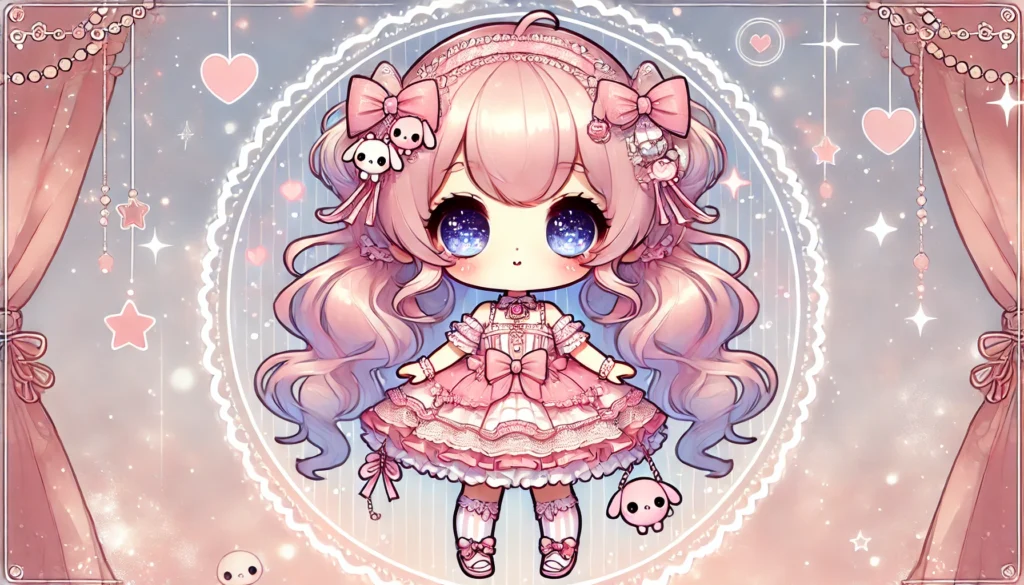
In Japanese, the word “Kawaii” generally means “cute” or “adorable.” However, in Kawaii culture, the concept goes beyond just appearances—it includes warmth, familiarity, and even a sense of protectiveness.
In Japan, “Kawaii” is used to describe not only physical attributes but also behaviors, fashion, and even ways of speaking. Everything from stuffed animals to handwriting, to anime characters and fashion trends, can be considered Kawaii.
2. The Origins and History of Kawaii Culture
The “Cute Handwriting” Boom in the 1970s
The roots of Kawaii culture can be traced back to the 1970s when round, playful handwriting became a trend among Japanese schoolgirls. This helped solidify the idea that “cute” was a desirable aesthetic.
Sanrio & the Rise of Hello Kitty
One of the biggest contributors to the spread of Kawaii culture was the introduction of Hello Kitty in 1974 by Sanrio. With her simple and adorable design, Hello Kitty became a global icon, demonstrating the universal appeal of Kawaii.
The Impact of Anime & Gaming in the 1990s
In the 1990s, anime and gaming played a crucial role in developing Kawaii culture. Popular series such as Sailor Moon, Pokémon, and Cardcaptor Sakura influenced both Japanese and international audiences, reinforcing the aesthetic of Kawaii characters and storytelling.
3. Characteristics of Kawaii Culture
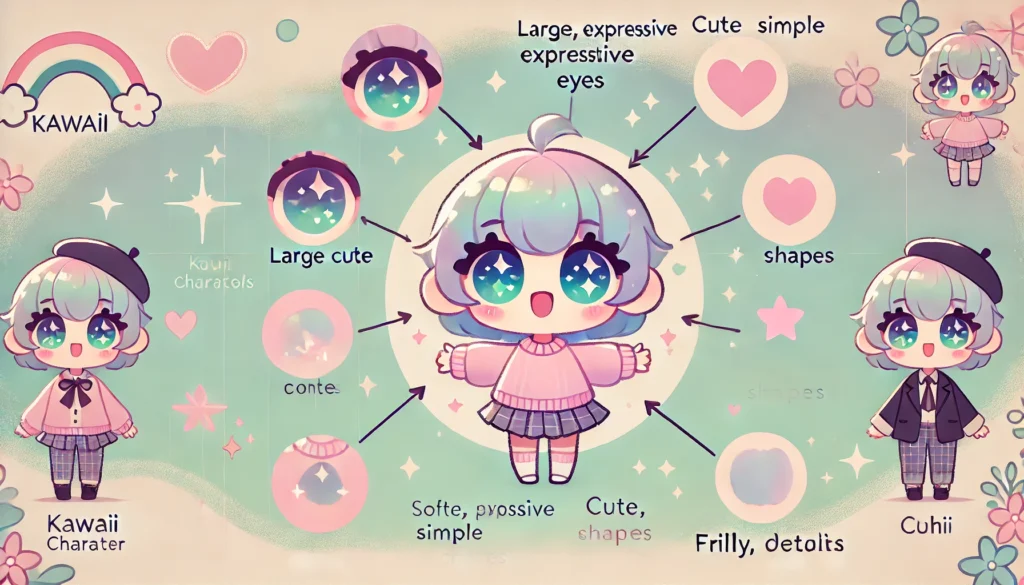
Kawaii culture is commonly expressed through design, fashion, and behavior.
Design Features
• Pastel colors
• Rounded, simple shapes
• Large eyes and expressive faces
Fashion Features
• Lolita fashion – Princess-like outfits with lace and frills
• Harajuku fashion – Colorful, playful, and bold outfits
• Yume Kawaii (“Dreamy Cute”) – Soft pastel aesthetics inspired by fantasy
Behavioral Traits
• Cute gestures (mimicking small animals)
• High-pitched or soft voice tones
• The “Moe” concept – Evoking an emotional attachment to characters
4. Why Did Kawaii Culture Spread Worldwide?
Kawaii culture has spread far beyond Japan, and multiple factors have contributed to its global influence.
1. The Power of Global Character Brands
Kawaii culture gained international traction through globally recognized characters, such as:
• Hello Kitty – Sold in over 100 countries, with a simple, silent design that appeals across cultures.
• Pokémon – Since its debut in 1996, Pikachu’s cute design has become a worldwide icon.
• Studio Ghibli Films – Movies like My Neighbor Totoro and Kiki’s Delivery Service introduced Kawaii aesthetics to global audiences.
2. The Popularity of Anime & Manga
Anime and manga have been major driving forces in spreading Kawaii culture.
• Japanese anime characters tend to have simple, charming designs that attract a wide audience.
• Sailor Moon and Cardcaptor Sakura introduced Kawaii heroines, influencing fashion and beauty trends worldwide.
• Manga’s artistic style, featuring big sparkling eyes and exaggerated facial expressions, solidified the Kawaii aesthetic.
3. The Rise of Harajuku Fashion & Social Media
Harajuku, Tokyo, is known for its unique street fashion, which has played a major role in spreading Kawaii culture.
• Lolita, Decora, and Yume Kawaii styles gained international attention through fashion bloggers and influencers.
• Instagram and TikTok have made it easy for Kawaii trends to spread globally in real time.
4. VTubers and the Digital Kawaii Revolution
Recently, Kawaii culture has expanded into the digital world through VTubers (Virtual YouTubers).
• Characters like Hatsune Miku and VTuber groups like Hololive have attracted massive international fan bases.
• Digital avatars allow people to interact with and enjoy Kawaii characters in new ways.
5. Kawaii as a Source of Comfort & Healing
At its core, Kawaii culture provides a sense of comfort and relaxation.
• Kawaii characters like Rilakkuma and Sumikko Gurashi are designed to soothe and relax people.
• Japan’s “Yuru-chara” (Mascot Characters), such as Kumamon and Chiikawa, have gained popularity for their endearing and soft personalities.
• In an increasingly stressful world, Kawaii culture offers a form of emotional healing.
6. The Appeal of “Innocent Cuteness”
Unlike Western interpretations of “cute” (which may include a touch of sensuality or maturity), Japanese Kawaii focuses on innocence and purity.
• Kawaii designs often emphasize youthfulness and vulnerability, making them universally appealing.
• This “childlike aesthetic” is what differentiates Kawaii culture from Western “cute” aesthetics.
5. The Evolution & Future of Kawaii Culture
Kawaii culture continues to evolve with new trends and innovations.
The Rise of Yuru-chara (Mascot Characters)
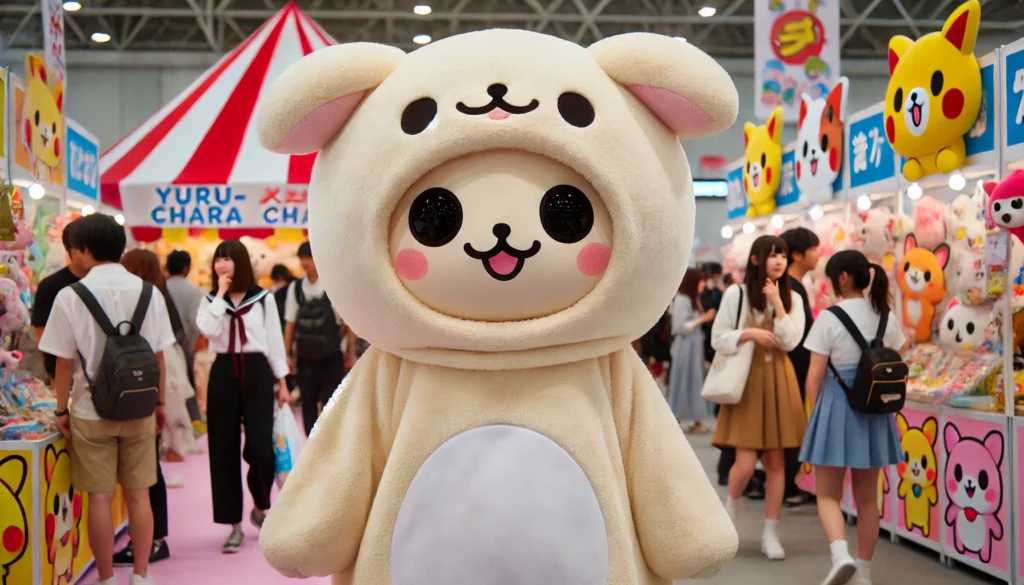
Japan’s regional mascot characters, such as Kumamon, have become beloved both in Japan and internationally.
New Subgenres of Kawaii
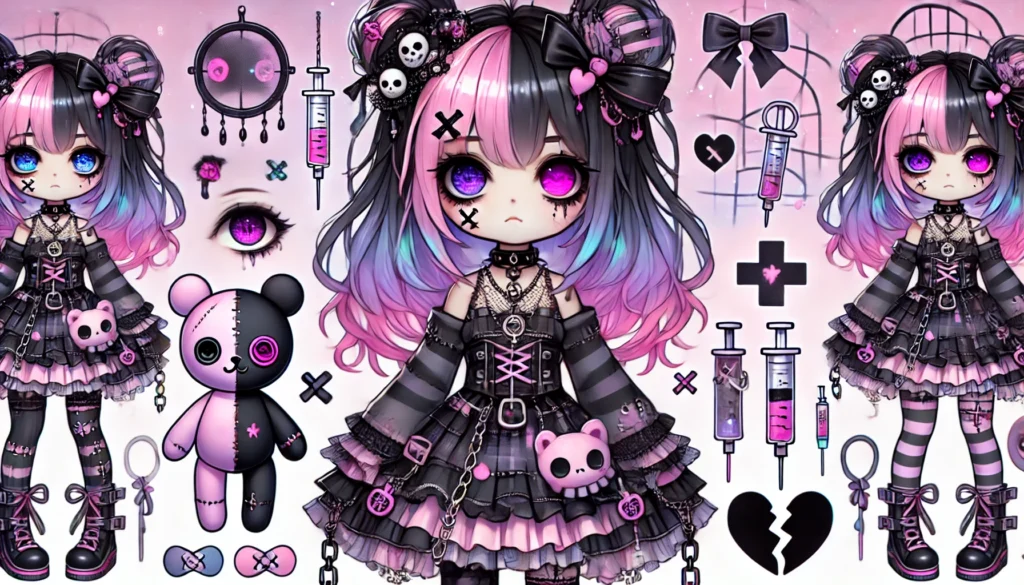
• Yamikawaii (“Sick-Cute”) – A blend of Kawaii and dark, gothic elements.
• Jirai-kei Fashion – A mix of Kawaii aesthetics with “edgy” subcultures.
The Fusion of Kawaii & Technology
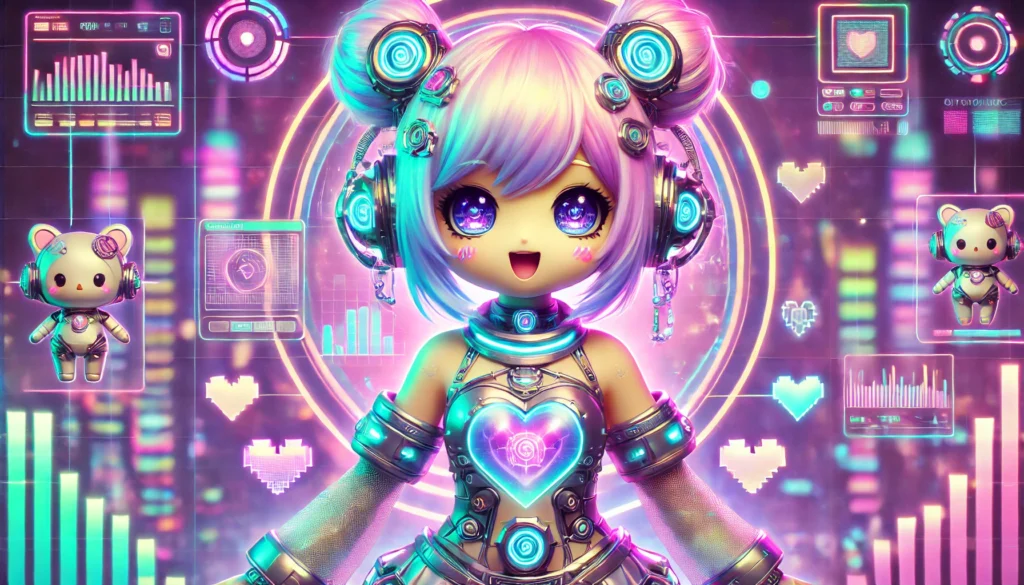
With the advancement of AI and virtual reality, Kawaii culture is expanding into digital spaces:
• AI characters and virtual idols are redefining Kawaii in the digital age.
• Virtual influencers like Lil Miquela and Japanese VTubers showcase how Kawaii aesthetics continue to evolve.
6. Conclusion
Kawaii culture is much more than just “cute” – it is a cultural movement deeply rooted in Japan’s appreciation for innocence, warmth, and charm.
Through anime, fashion, gaming, and digital innovation, Japan has successfully exported its unique aesthetic to the world. As Kawaii culture continues to evolve, it will likely remain a beloved and influential part of global pop culture.
What’s your favorite aspect of Kawaii culture?
Whether it’s fashion, anime, or characters, there’s always something Kawaii waiting to be discovered!
Recommended Articles




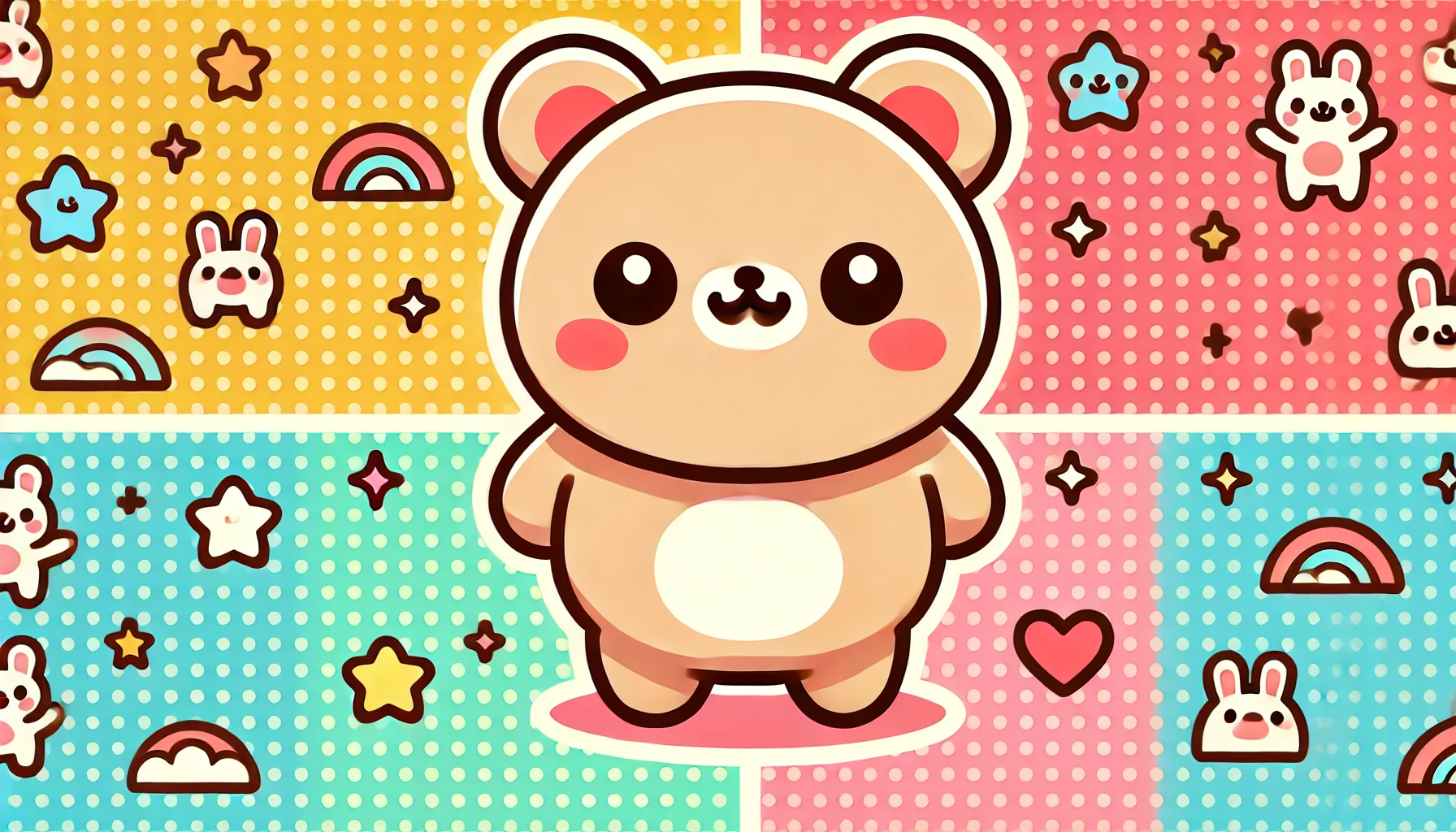


Comments